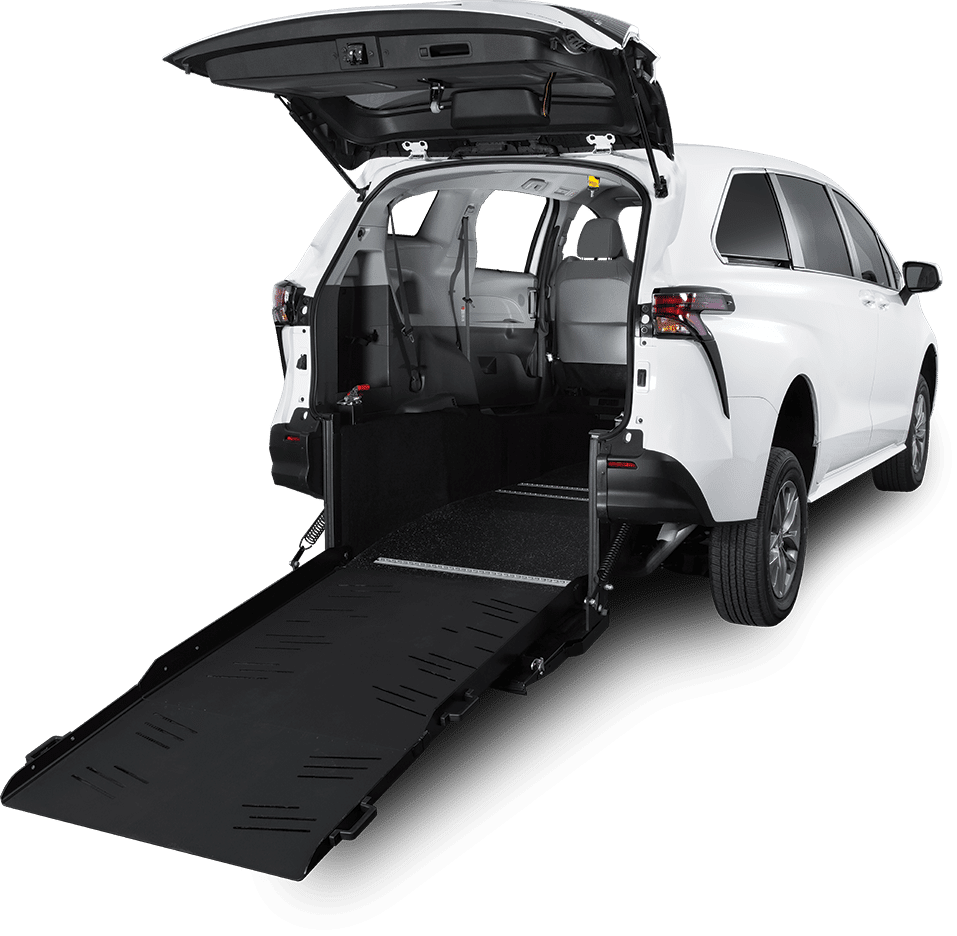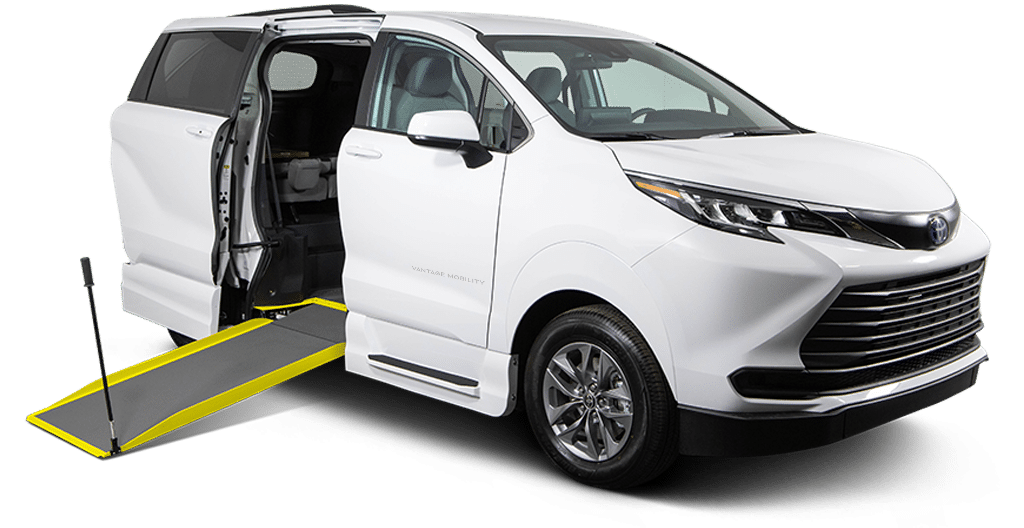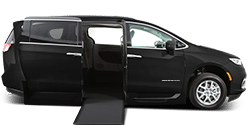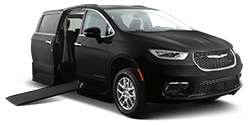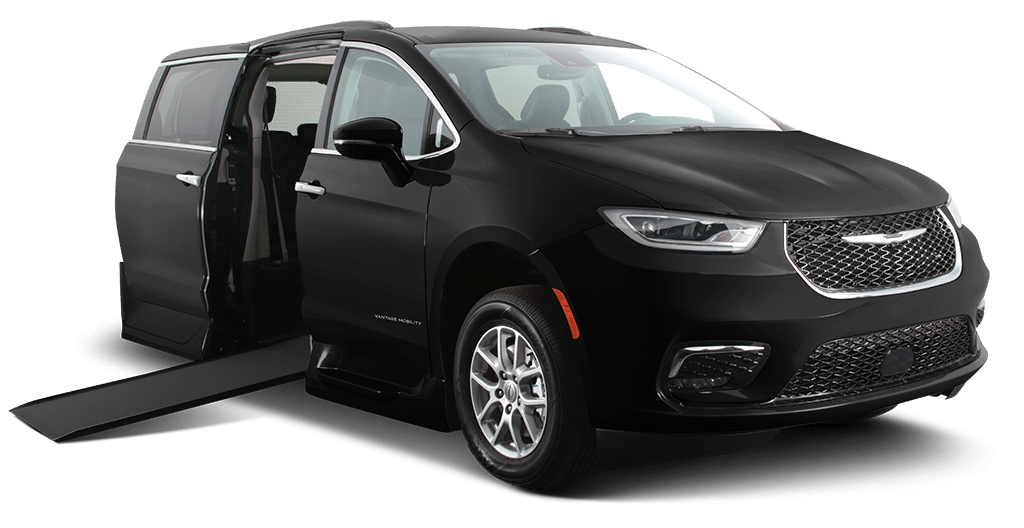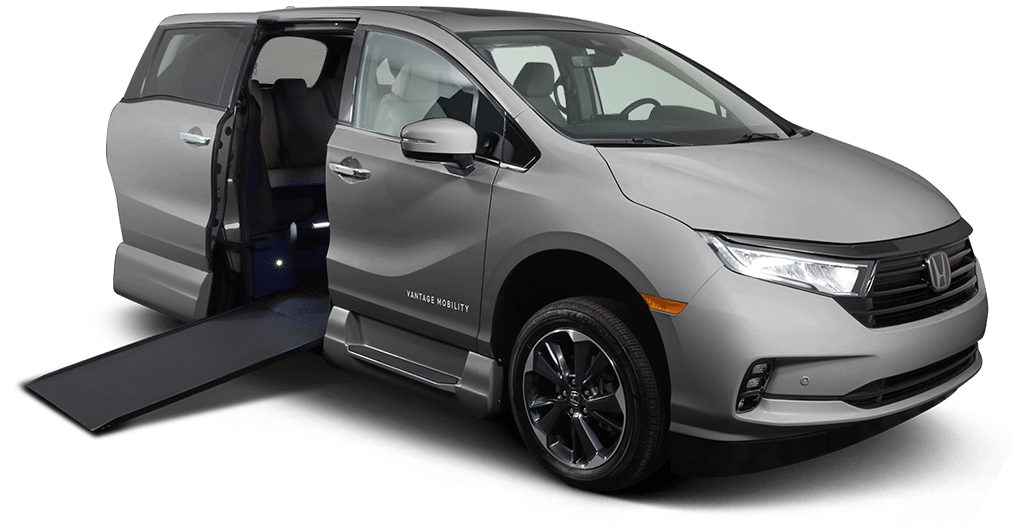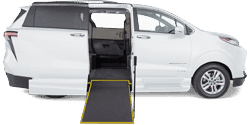Homes aren’t always built with wheelchair users in mind, but that doesn’t mean updates can’t be made to improve accessibility. Some changes may require professional contractors to remodel the home, but there are also other simple changes you can make to create more space and convenience for better wheelchair maneuverability.
Use the tips below to make your home more functional for a wheelchair user. Start with the easy changes and if you have finances available for remodeling, follow with the more complicated updates.
Simple Home Changes for More Wheelchair Accessibility
If you are on a limited budget, the following changes can be made for little-to-no money and don’t require you to have a contractor’s license:
- Door knobs: For shorter wheelchair users or those with limited dexterity, installing handles instead of knobs can make opening and closing doors much easier.
- Door hinges: Installing swing-away hinges and reversing the direction the door opens can create greater space in a doorway or small room, such as the bathroom.
- Portable ramps: Laying down portable wheelchair access ramps on top of steps in front of doorways makes entry and exit easier when the home has a raised porch.
- Furniture: Adjusting the arrangement of your furniture to get more floor space and minimizing the number of furnishings can create more room for maneuverability.
Ways to Remodel a Home for Wheelchair Accessibility
If you have a little bit of a budget to remodel and want to make structural changes to make your home totally wheelchair-accessible, start with the updates below:
- Wheelchair access ramps: Removing stairs and installing wheelchair access ramps makes it possible to get on multiple floors and in and out of the house easily. It is best to use concrete or aluminum to create these ramps as they are more durable and longer-lasting.
- Doorways: Widening doorways by removing the frame and cutting out the wall board makes rolling from room to room easier. Putting in sliding doors that store in the wall when open is also a great way to create more space in both the room and doorway.
- Toilet seats: Raising the toilet seat or installing a taller toilet will make it easier to transfer from a high wheelchair seat. It is also a good idea to install handles on walls on both sides of the toilet for stability during transfer.
- Appliances: Getting a side-by-side fridge instead of one with the freezer up top makes it possible to get into both, even for shorter wheelchair users. For additional kitchen functionality, buy a stove with knobs on the front instead of the back and keep the microwave on the counter instead of mounting it above the stove.
- Counter tops: Lowering counter tops and removing cabinets allows wheelchair users to reach items sitting on the counter and pull close enough to prepare food.
- Garage: Expanding the garage so it fits a wheelchair-accessible van while the ramp or lift is extended can not only allow for more room to move around, but will also keep you dry when entering and exiting the vehicle on a rainy day.
Whatever your budget or level of experience with construction, there are options for creating more wheelchair accessibility in your home. If you start with small changes, you can improve your mobility and ultimately be more comfortable in every room of your house.




